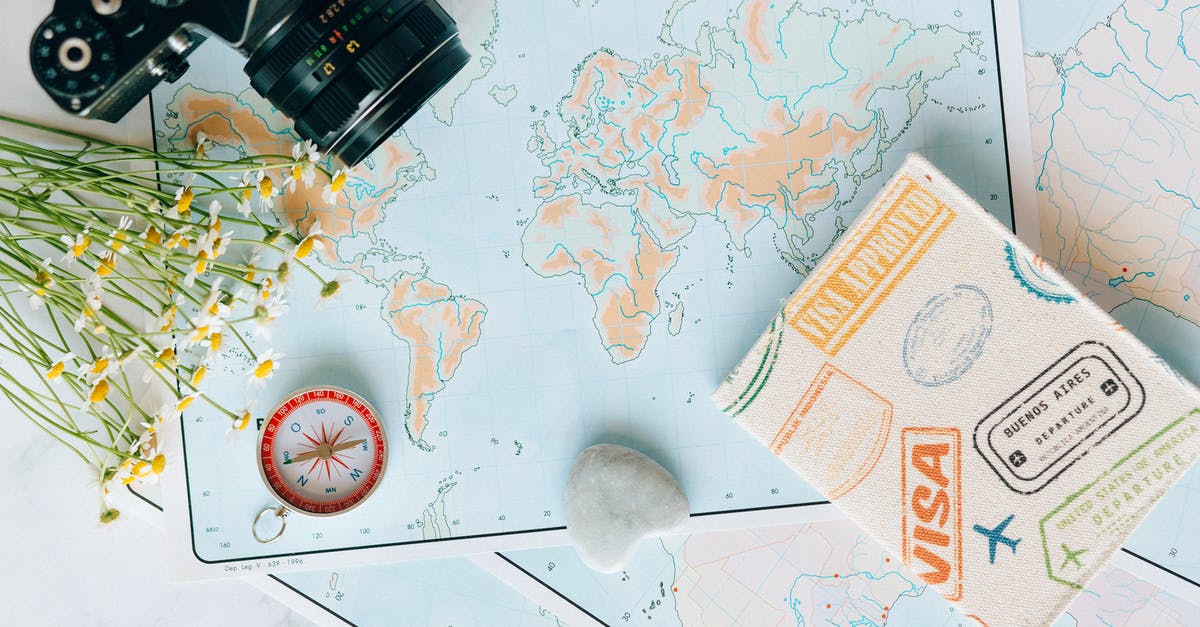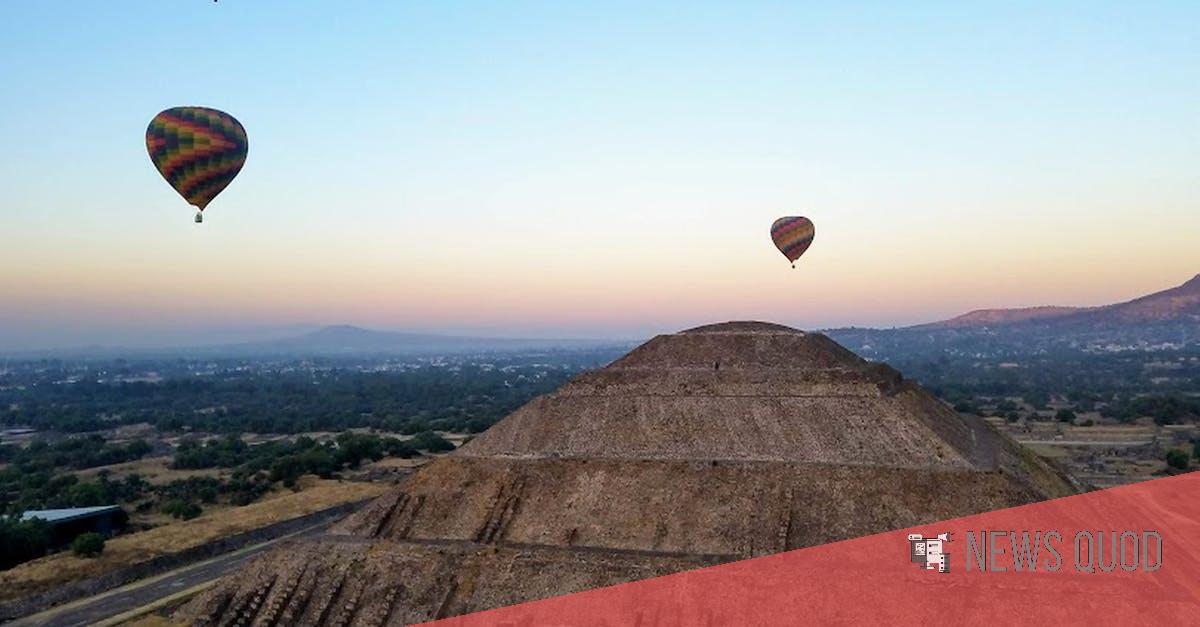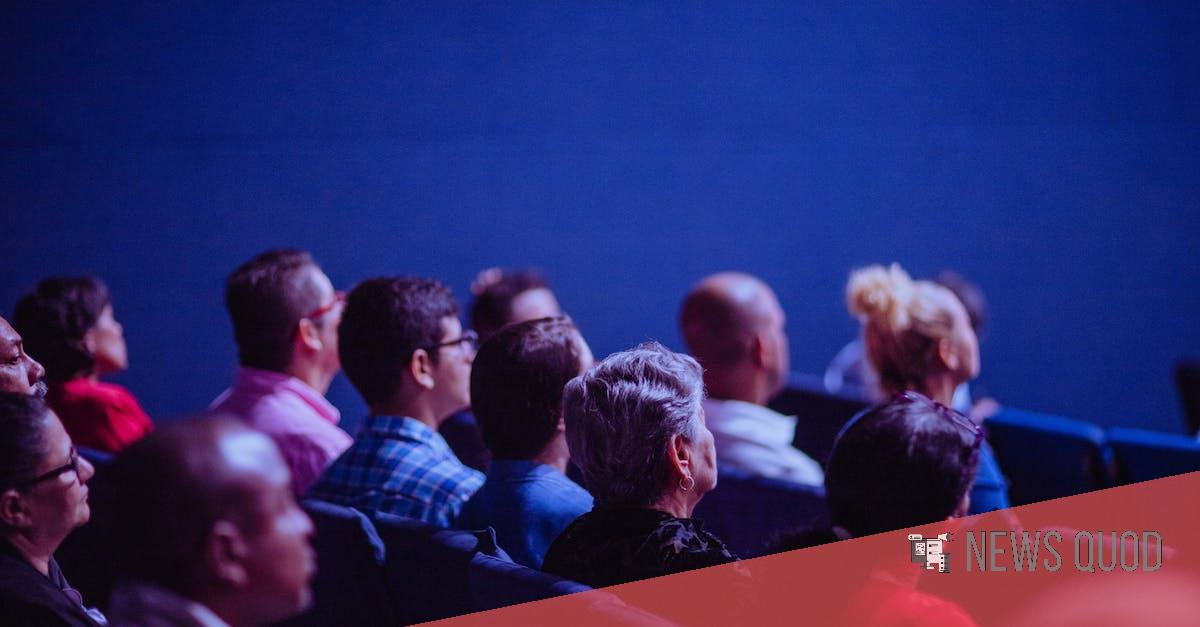Exploring the Interaction Between Stress at Work and Relaxation During Leisure

One of the most important aspects for optimal functioning is the relationship between leisure and work. It is a result of six psychological requirements: Relaxation, Detachment (DRAMMA), Mastery, Connection and Meaning.
The prevailing working culture, due to its hours of work that are too long and sedentary lifestyle, has created misconceptions about the worth of relaxation. Studies show that those who consider leisure wasted time have less happiness.
1. Relaxation
Relaxation exercises are therapeutic and that are designed to reduce anxiety and improve coping abilities. They are a great way to reduce the symptoms of many diseases like anxiety, hypertension, and depression.
Relaxation techniques can be given by health professionals or developed through self-help strategies. These techniques help to refocus the mind and increase body awareness and decrease physical manifestations of stress.
2. Socialization
Socialization is a process that occurs through a variety of sources including families, friends, and the general public. This process is important for learning social skills, societal rules, and understanding the values of the culture.
The process of socialization is complex. Sociologists define it as three components. As an example, the way parents decide to assign chores, or teach their children how to communicate with police officers is an example of socialization.
As they begin a new job, adults also have the opportunity to socialize with others. It includes learning to work with a computer or answering the phone as well as working alongside others.
3. Health
It will help you unwind, be more active and reduce stress. It can be a part of your work/life harmony.
It is a great way for expressing yourself and creating your own style of creativity. Additionally, it could aid in relaxation and socializing.
A lot of people believe that their the time they spend in leisure is not productive and a waste. People who see leisure as a benefit for their wellbeing and overall health are more likely distressed, anxious or overly stressed.
4. Growing
Growth is the process of the development of an organism from its the moment of birth or emergence to maturation as well as for some species, beyond maturity to eventual death or senescence. The process involves multiplication of cells, expansion, as well as growth of the tissues.
If people have to choose between working and relaxing the trade-offs will depend on their preference and the amount of money available and many other aspects. The opportunity cost for leisure is higher as wages increase this can cause increased work.
When income exceeds the margin benefits of leisure it kicks into high gear, and employees choose to spend more time at recreation than working. The result is a backward-bending labour supply.
5. Creativity
Humanity has a characteristic of creativity that allows people and groups to thrive and adapt in changing circumstances. It enables individuals to create new ideas and products which can be useful to the people around them.
COVID-19’s second goal was to investigate the relationship between leisure and creativity. It found that creative activities that included home-based craft activities and artisanship, niche and IT interests, reading, language and writing, fine arts, and musical and performing arts engagement tend to be more likely to rise or even be considered the new COVID-19 activities as opposed to outdoor sports and pursuits.
6. Self-expression
Healthy living includes self-expression. The ability to express oneself allows people to be the person they are and encourages happiness.
It can also help people feel more confident and secure of their own self-esteem. It can have a positive impact on the functioning of their relationships.
There are numerous ways people can express themselves, including through dancing, music, art, writing and other creative ways. These can benefit your mental wellbeing, because the expression of emotions helps reduce anxiety and stress.








